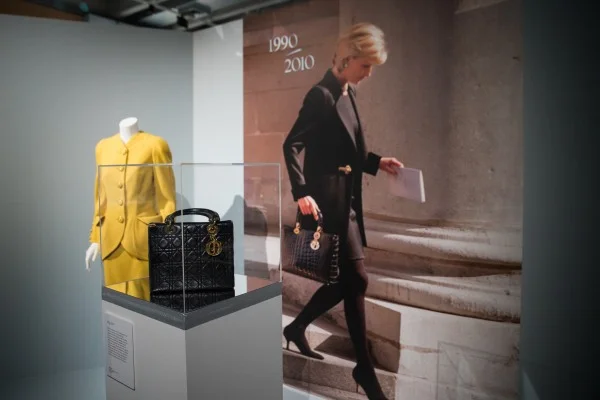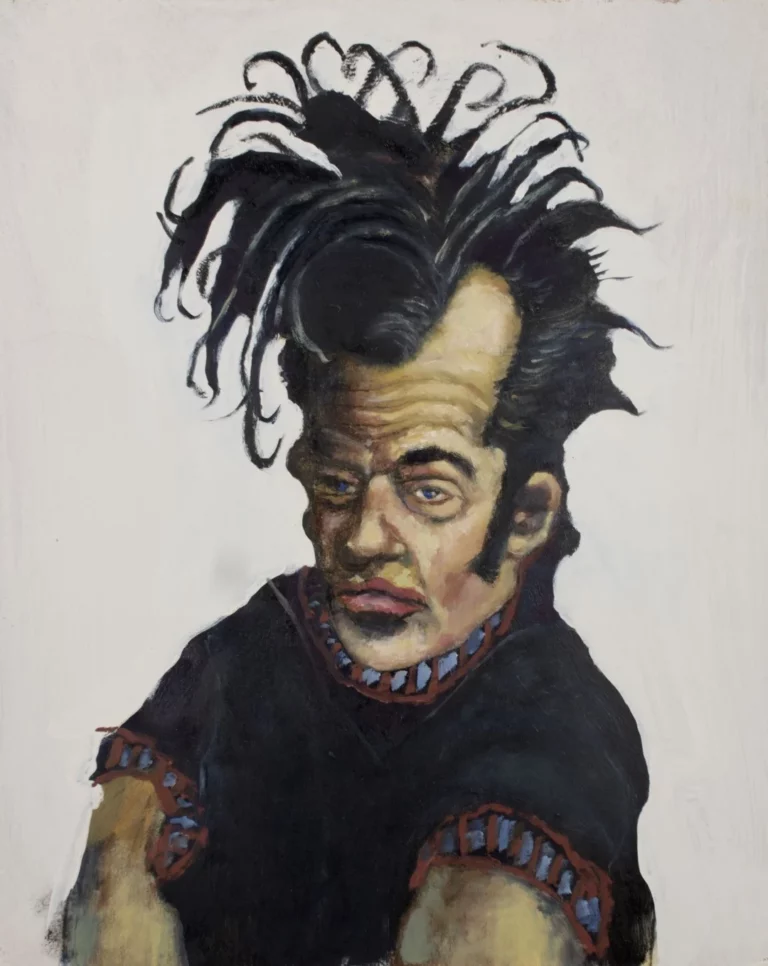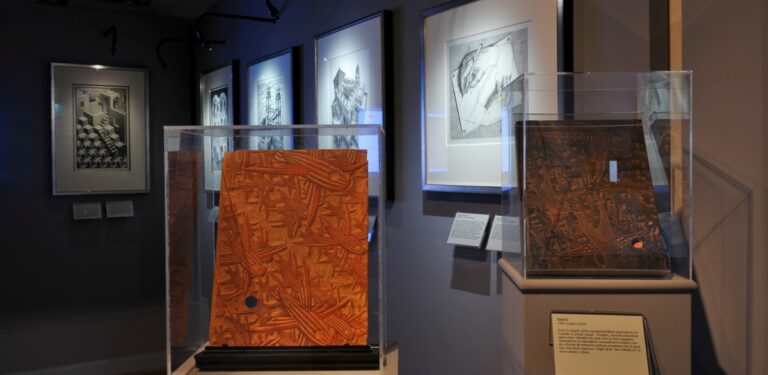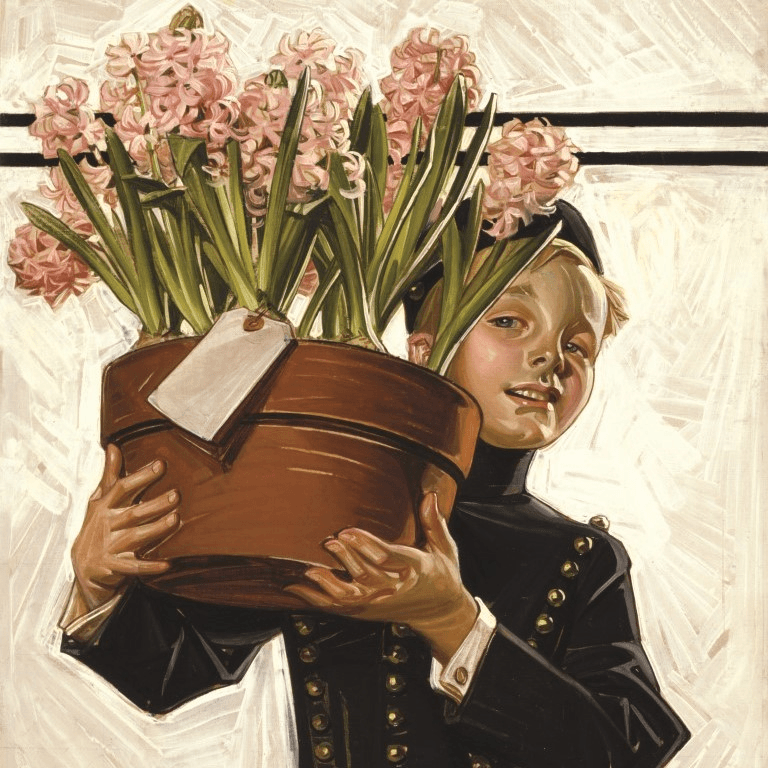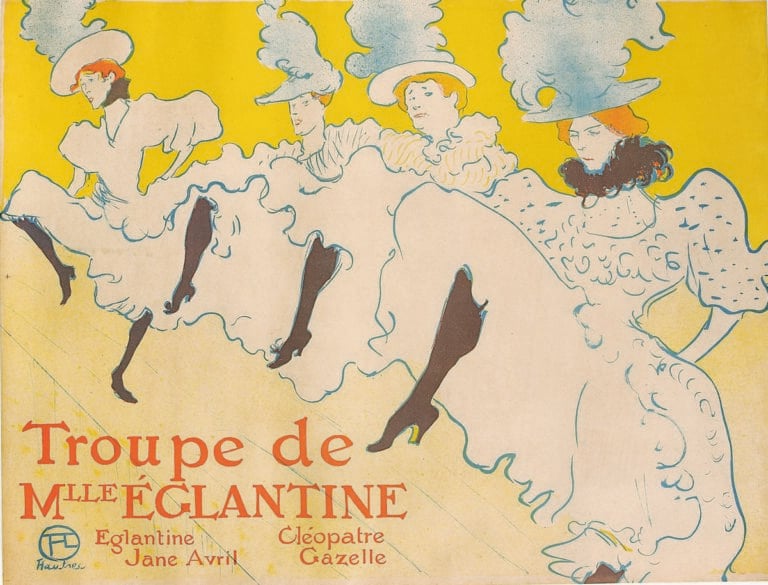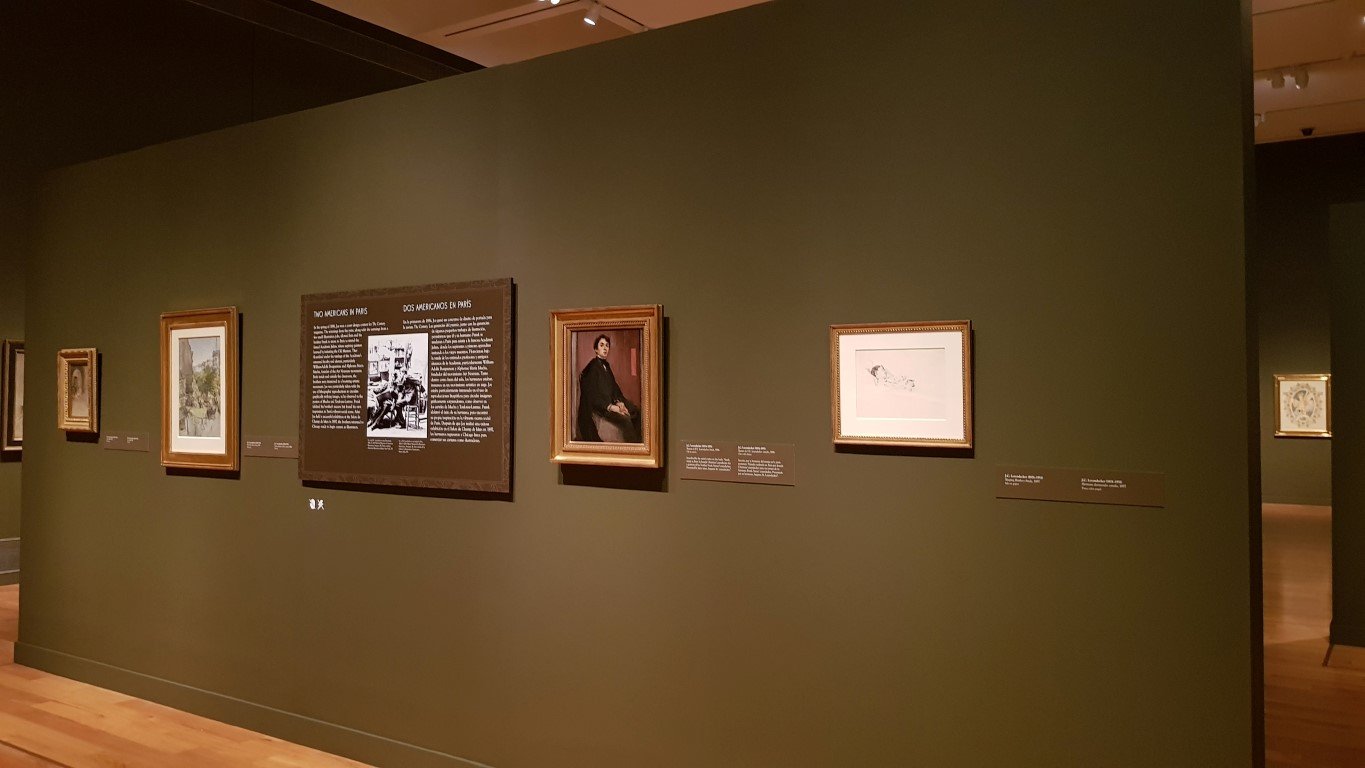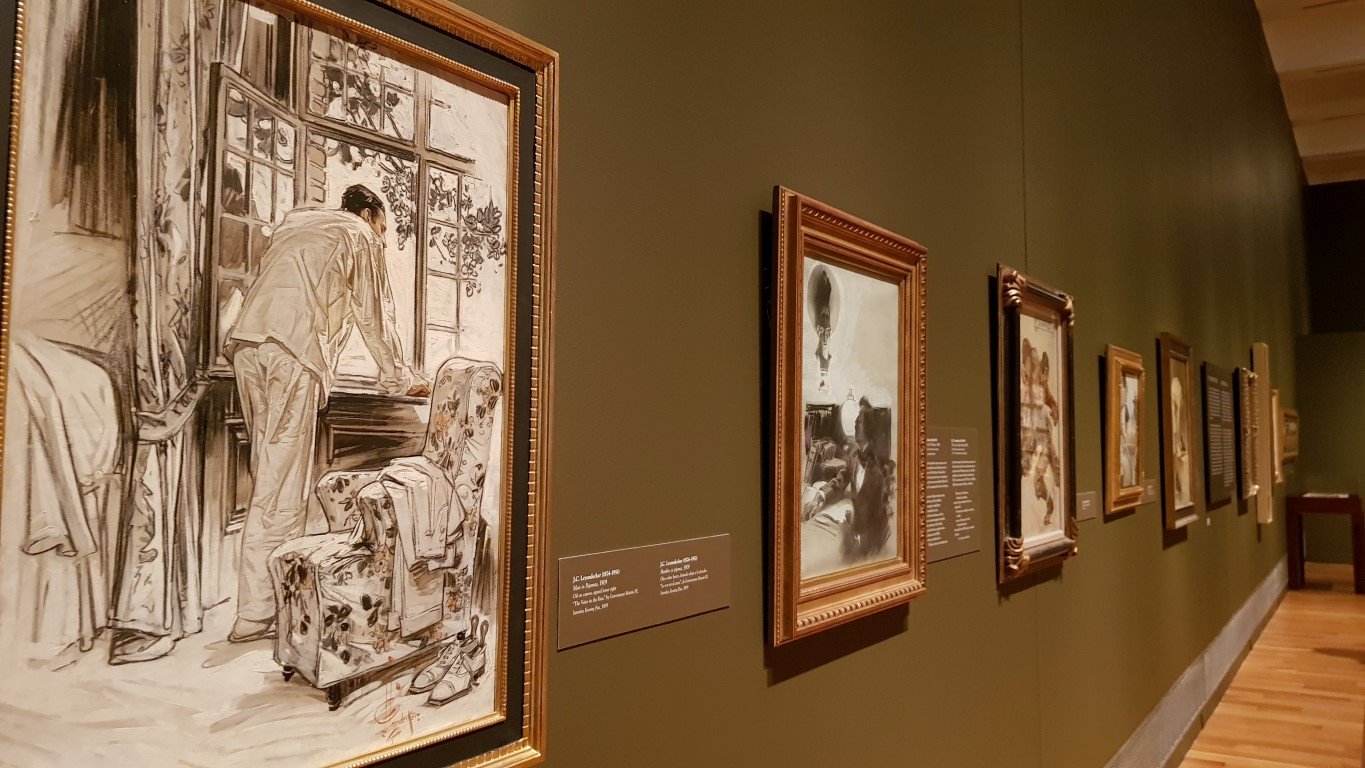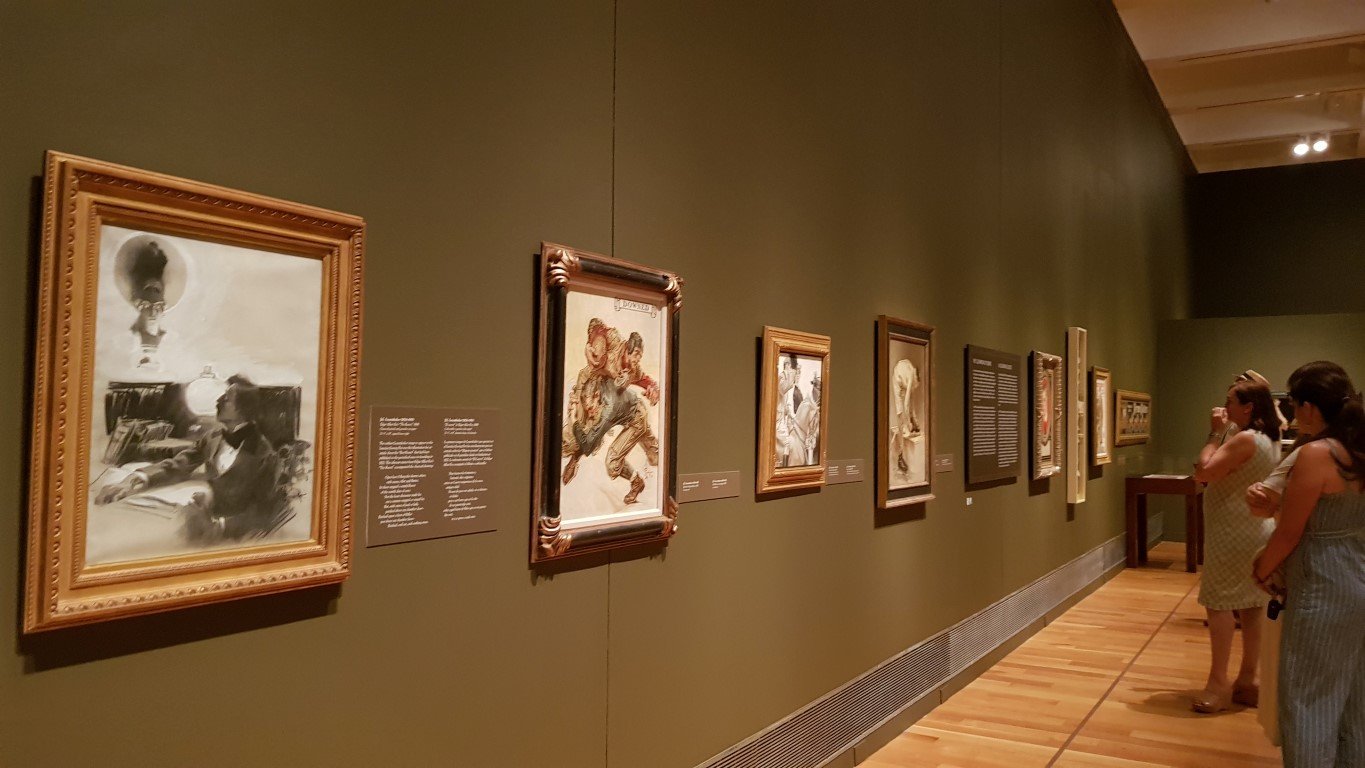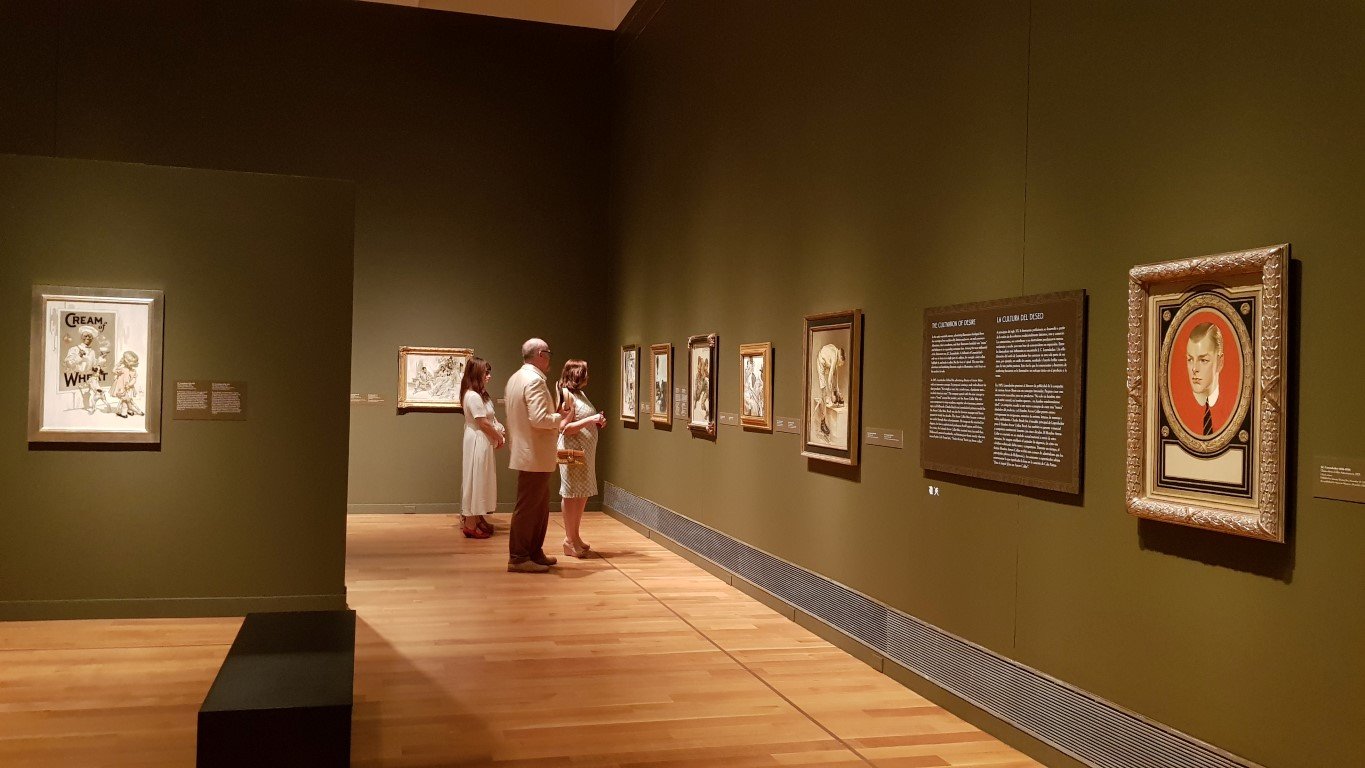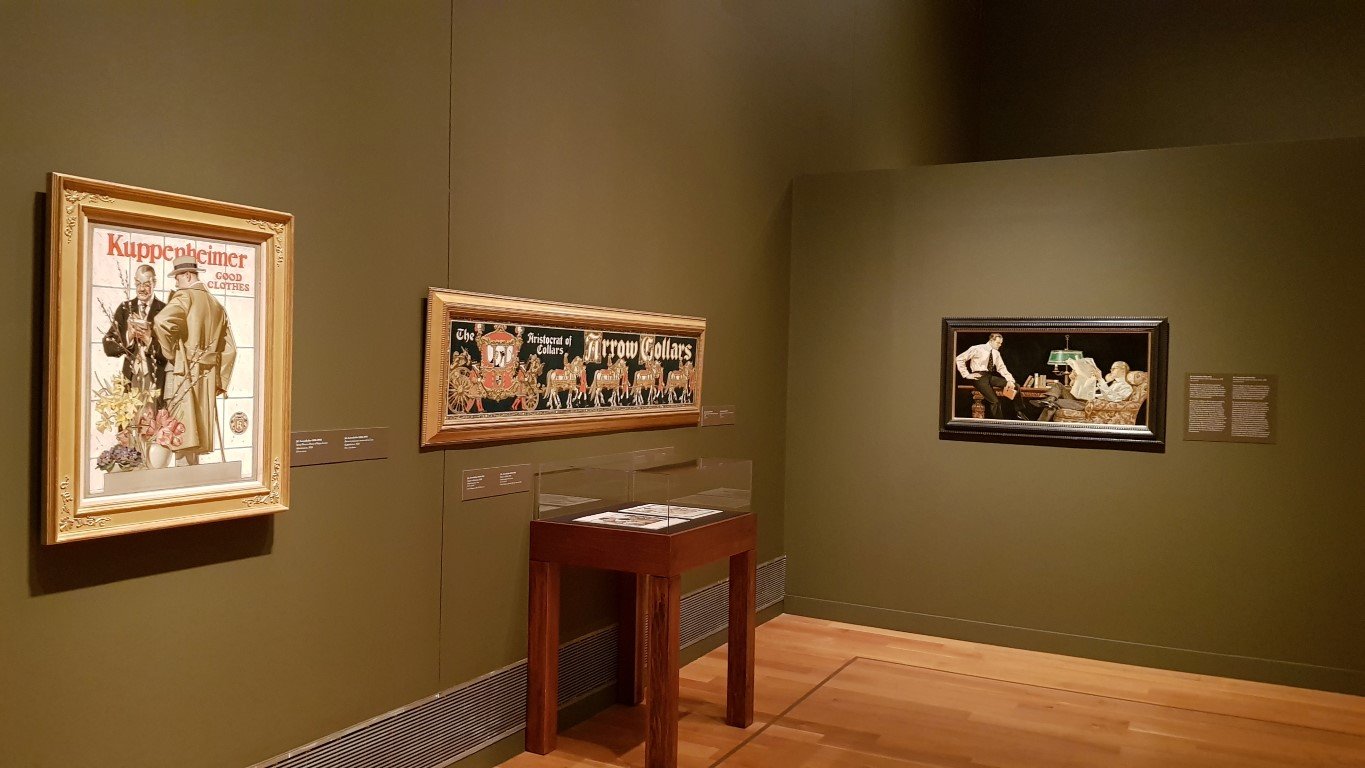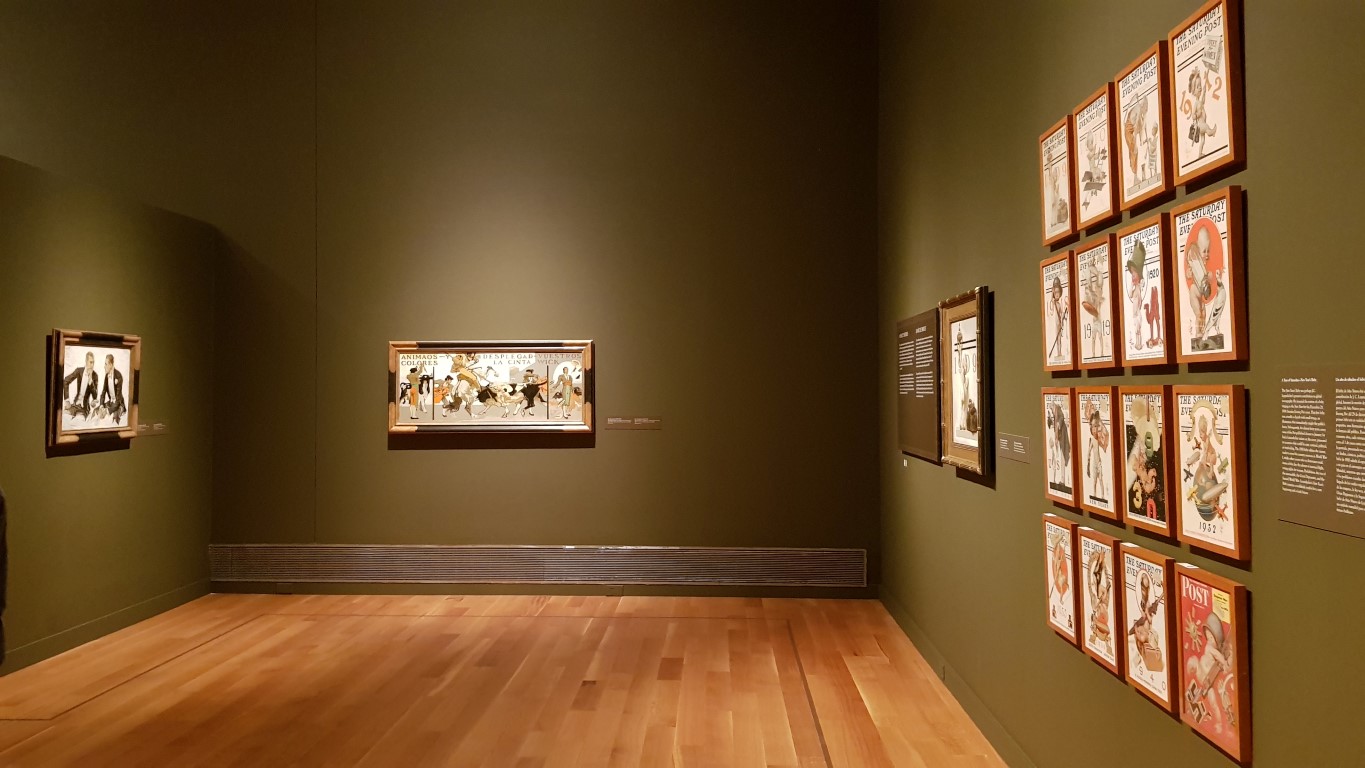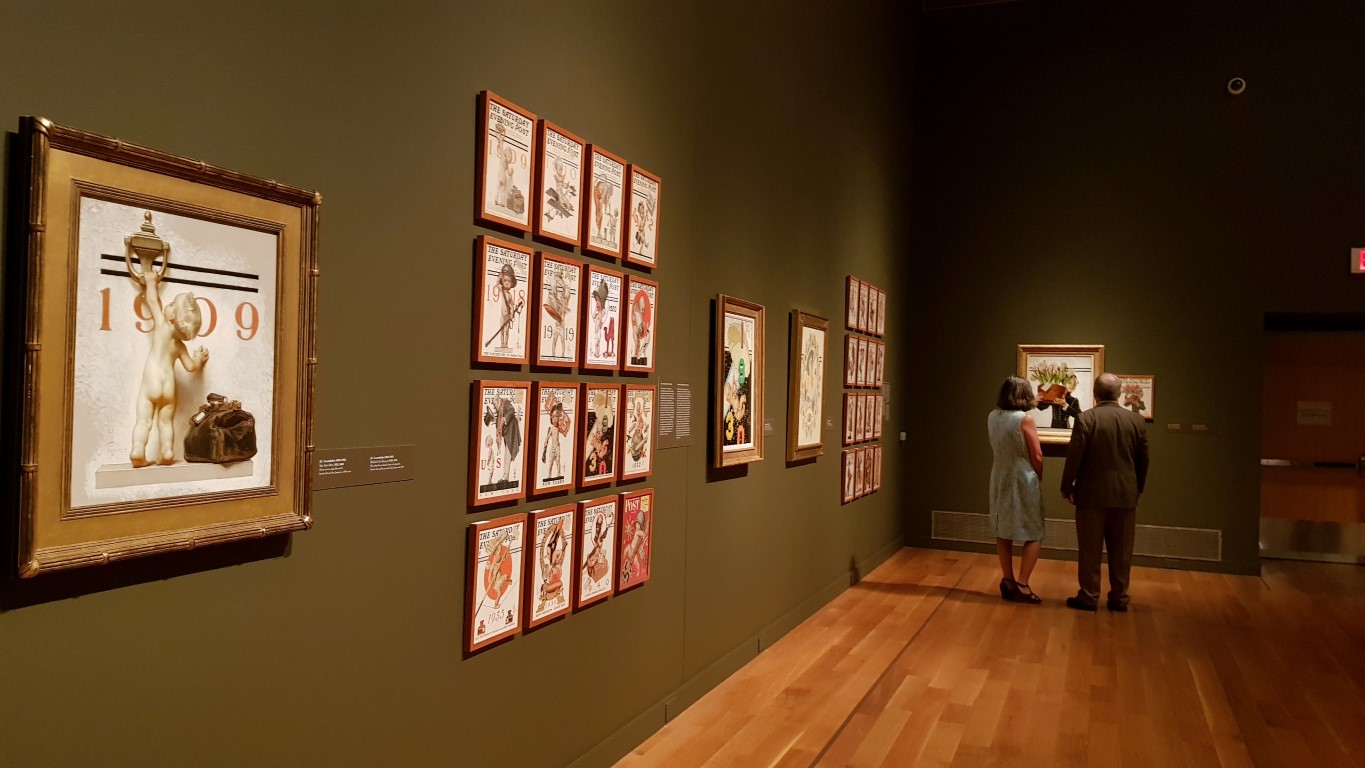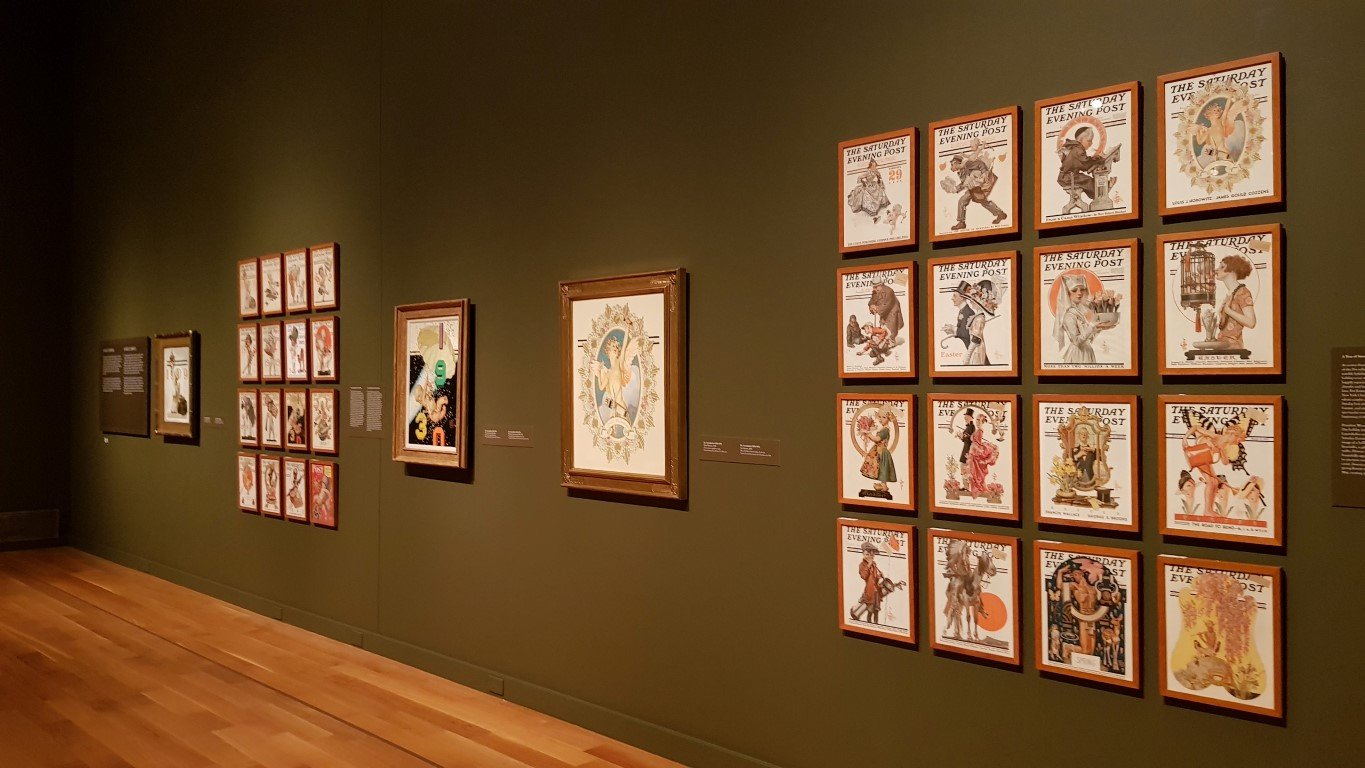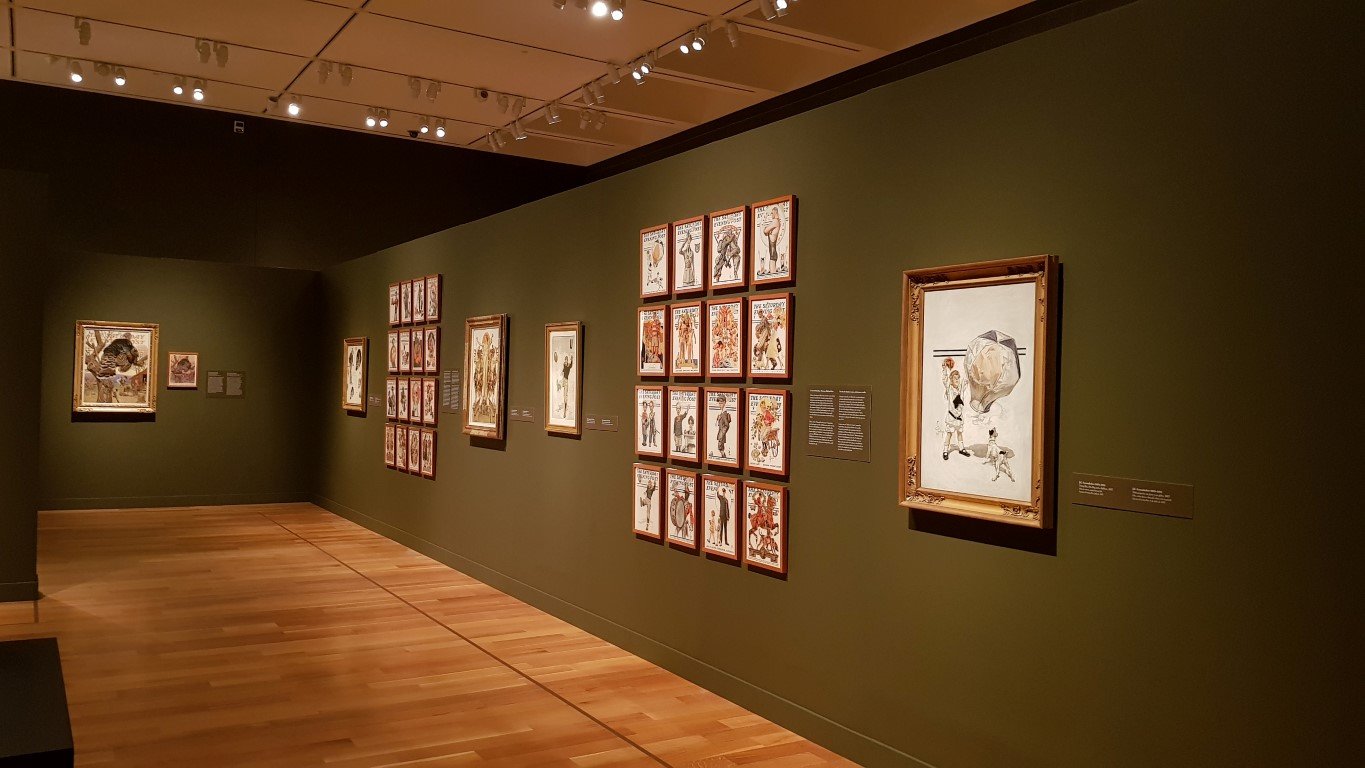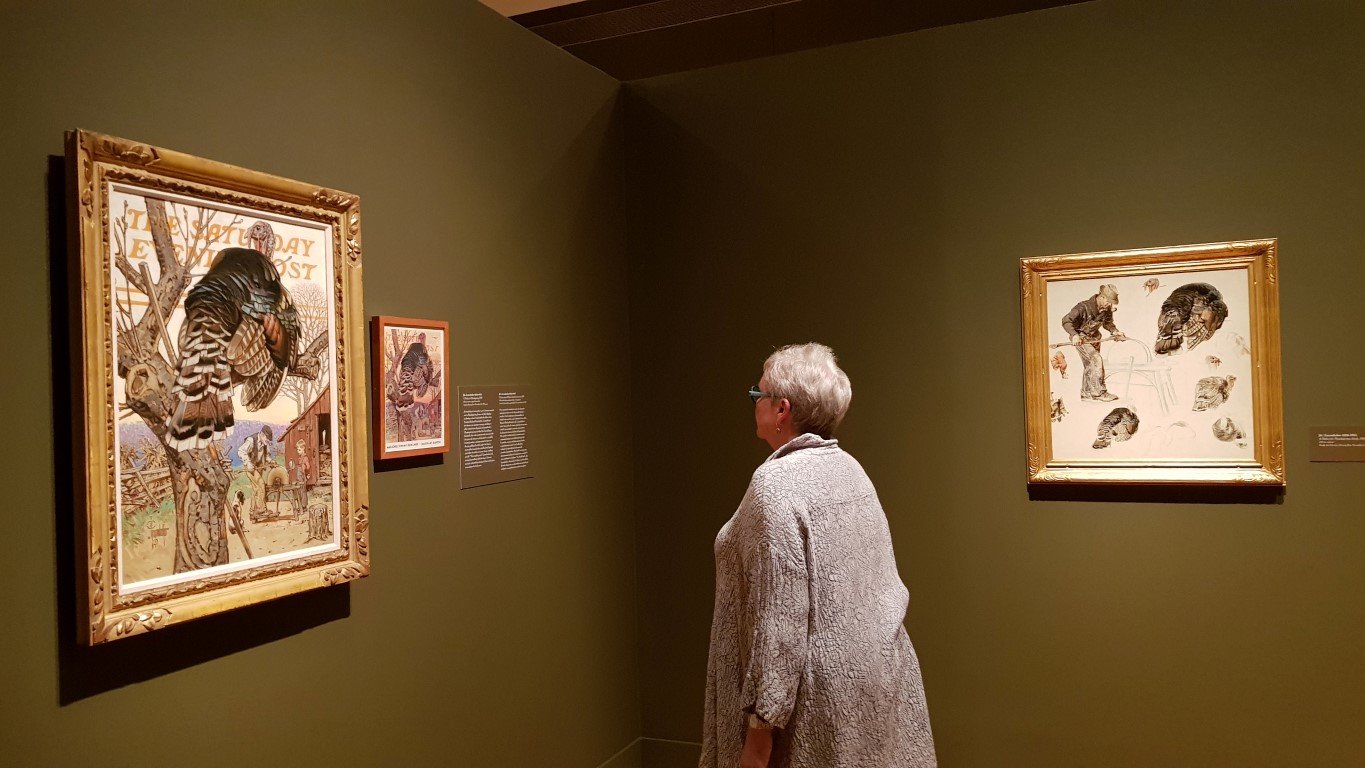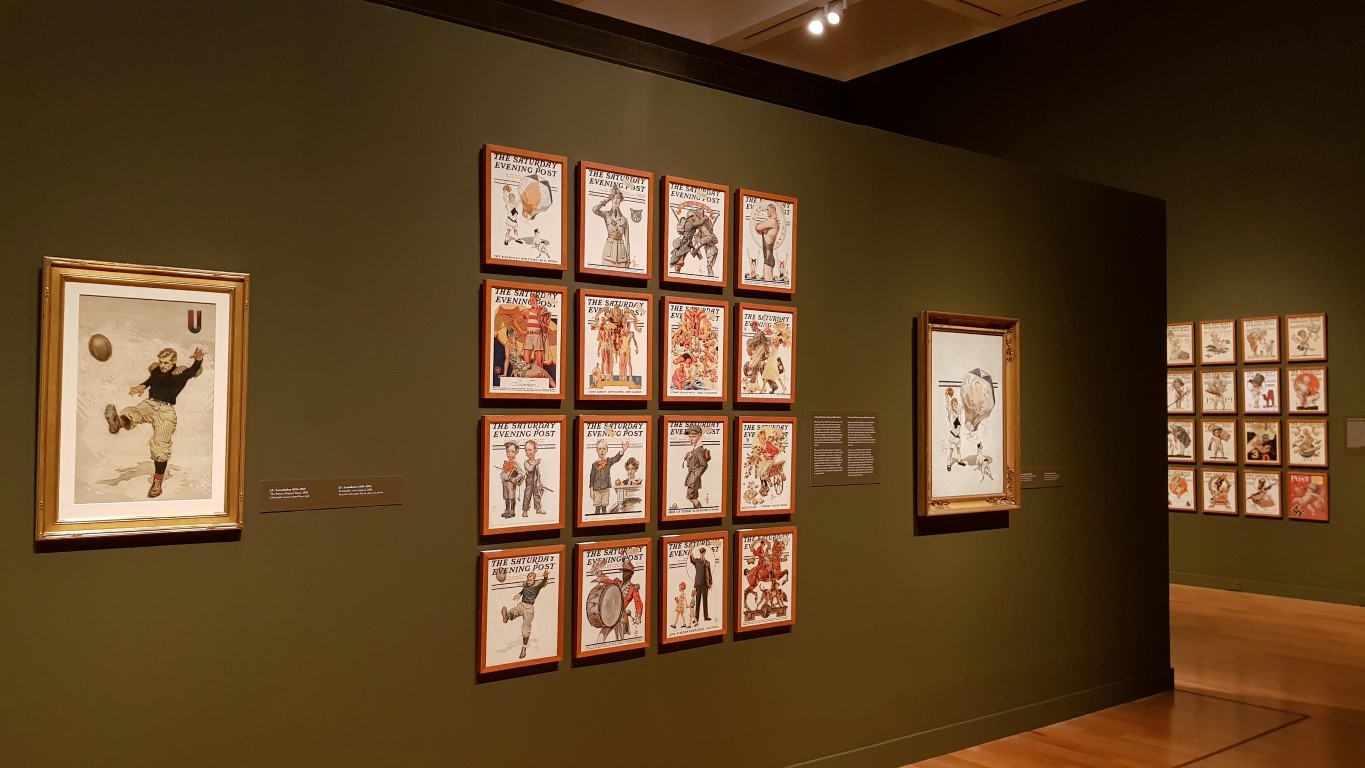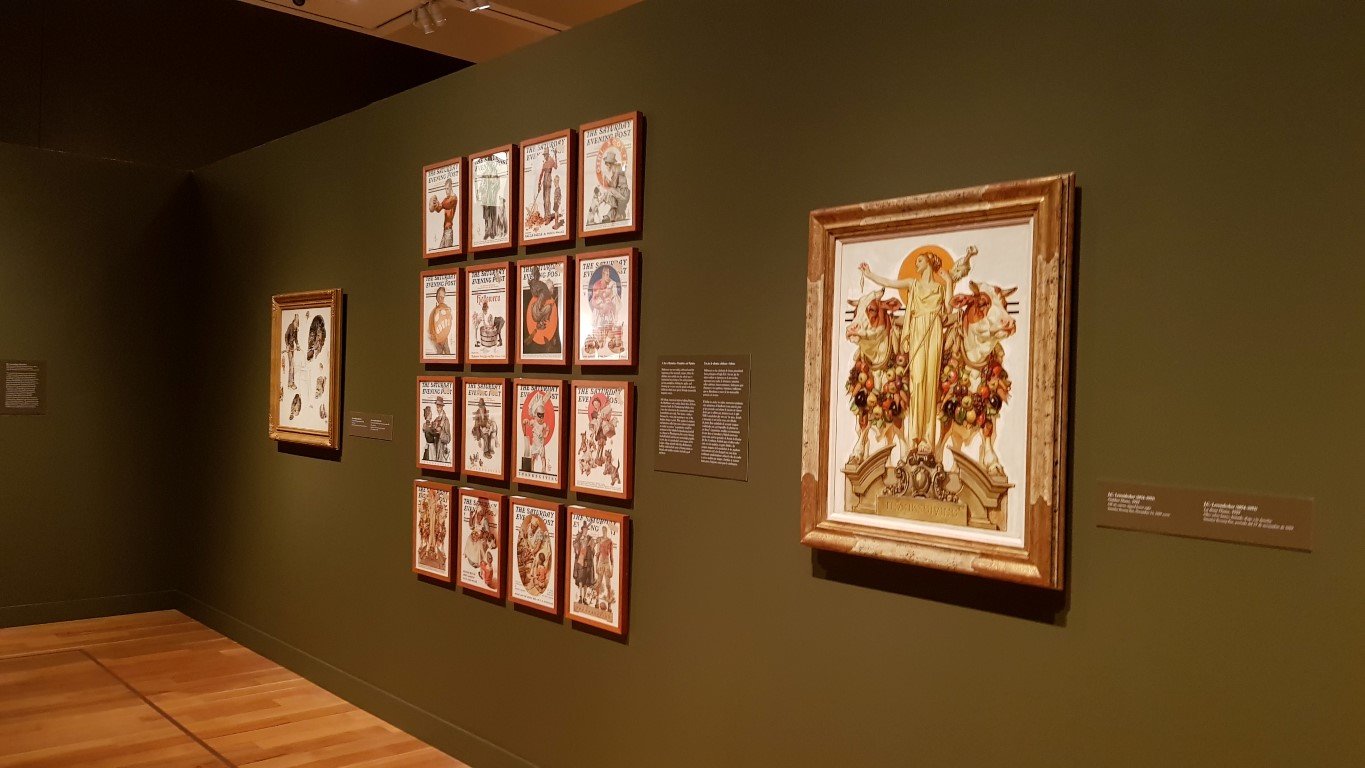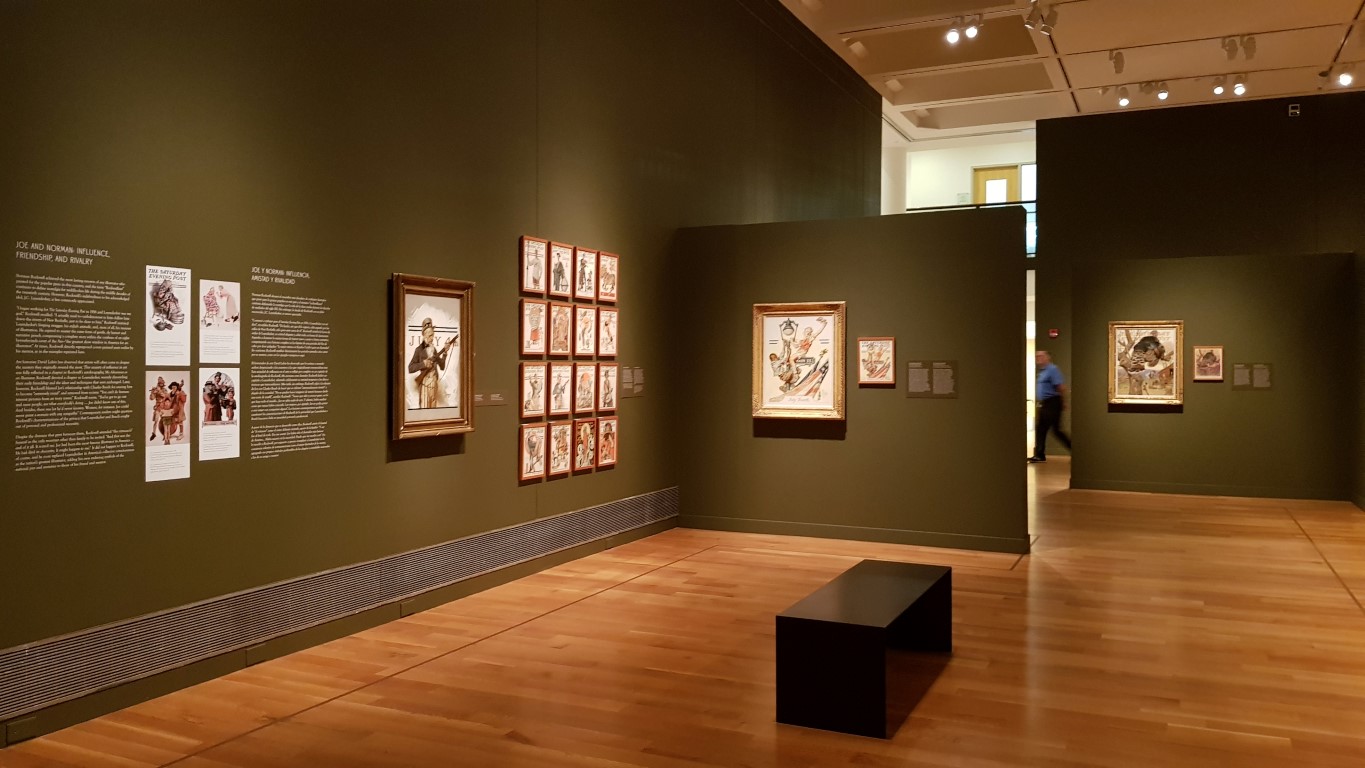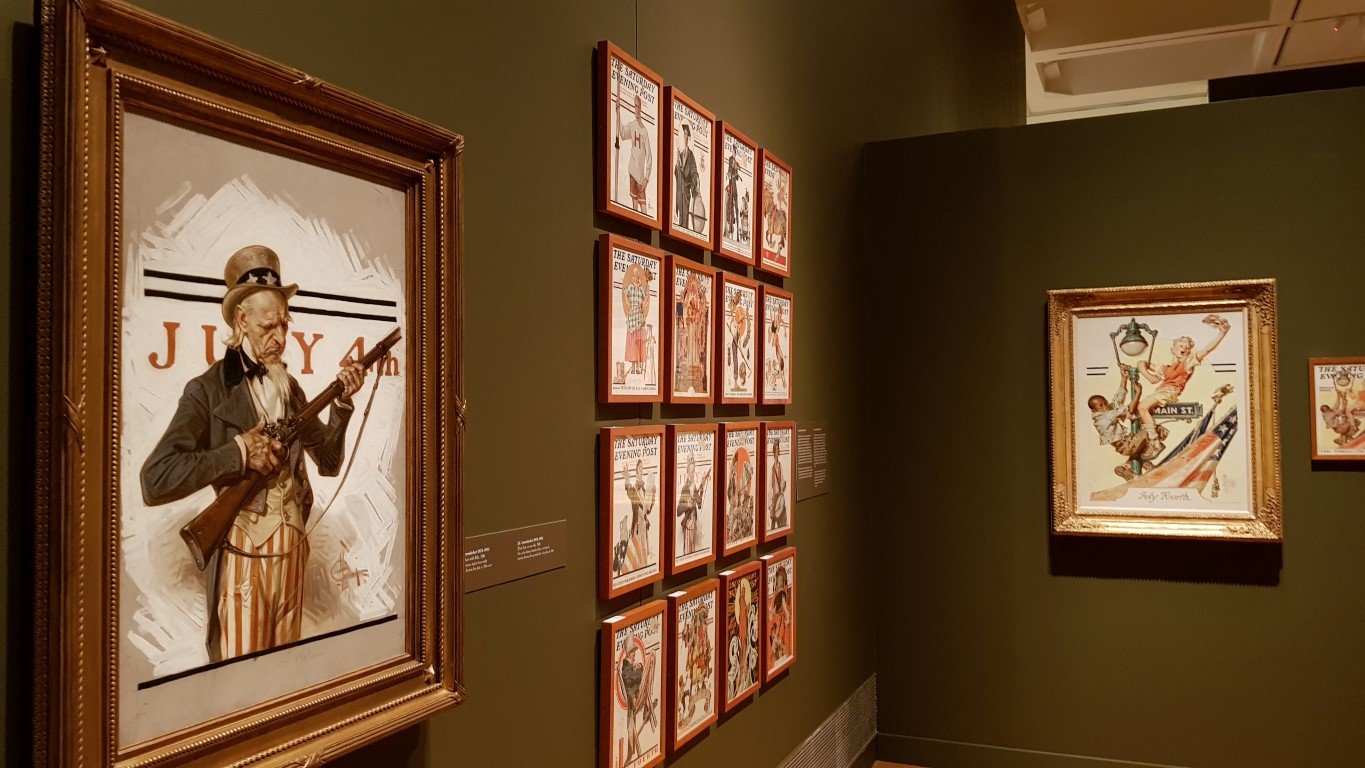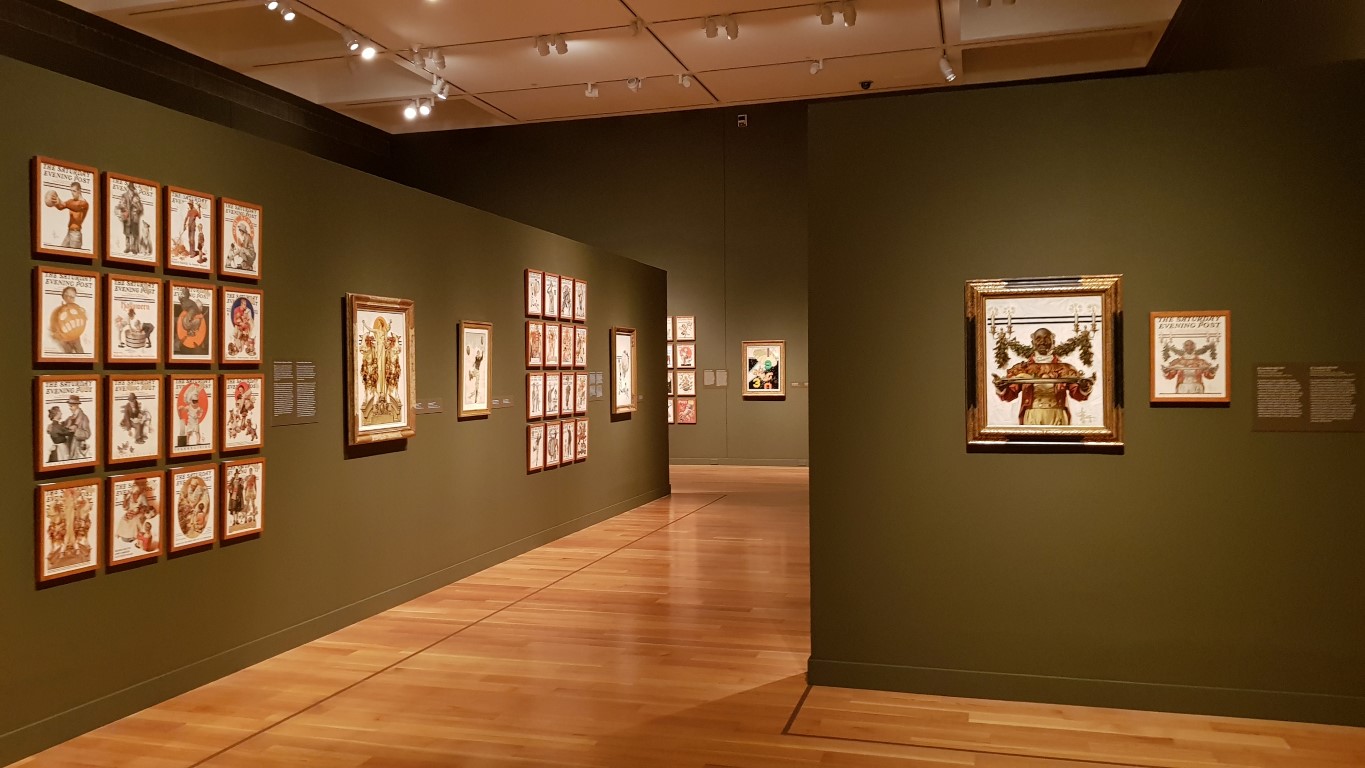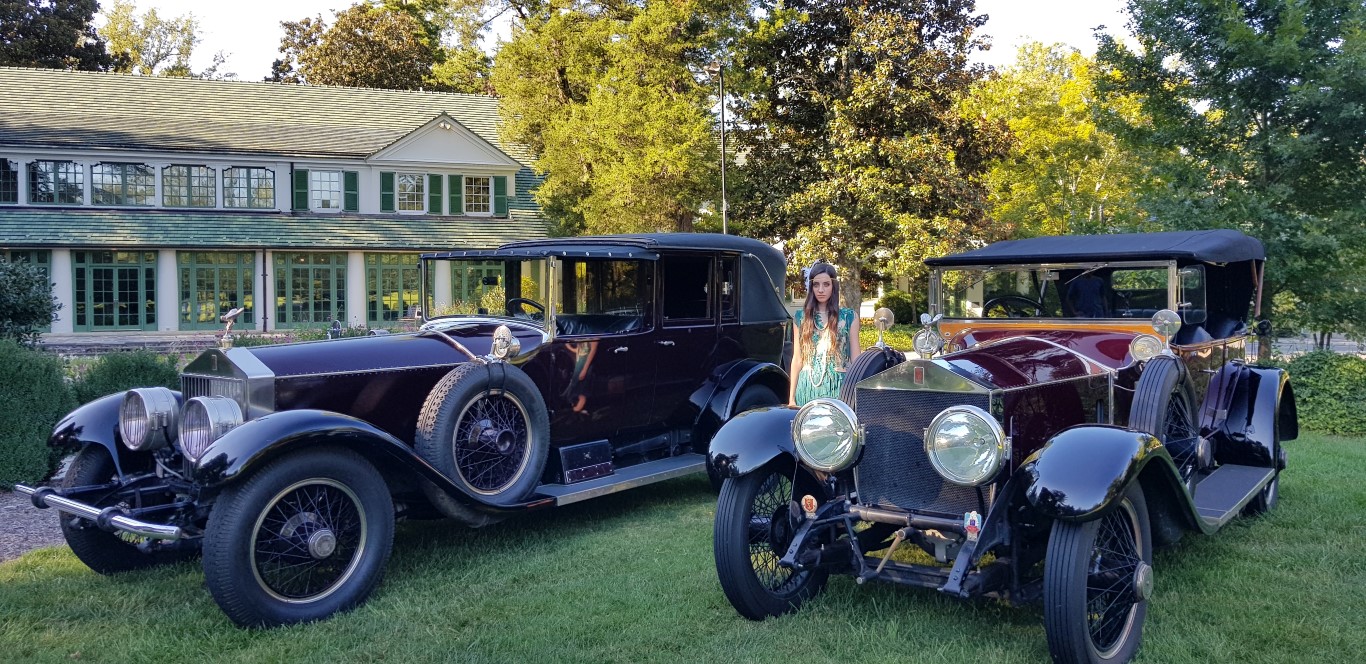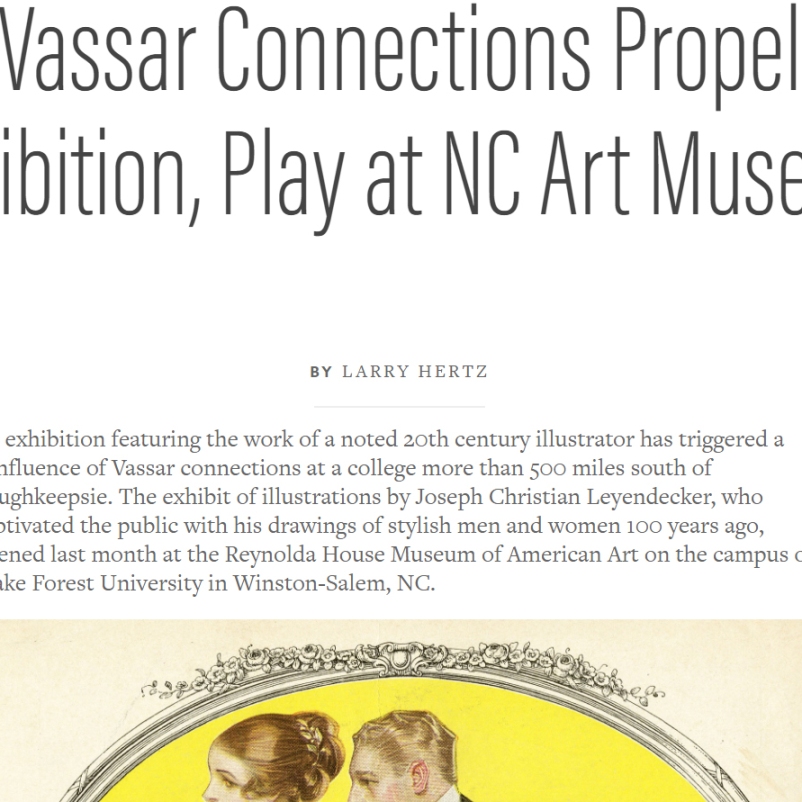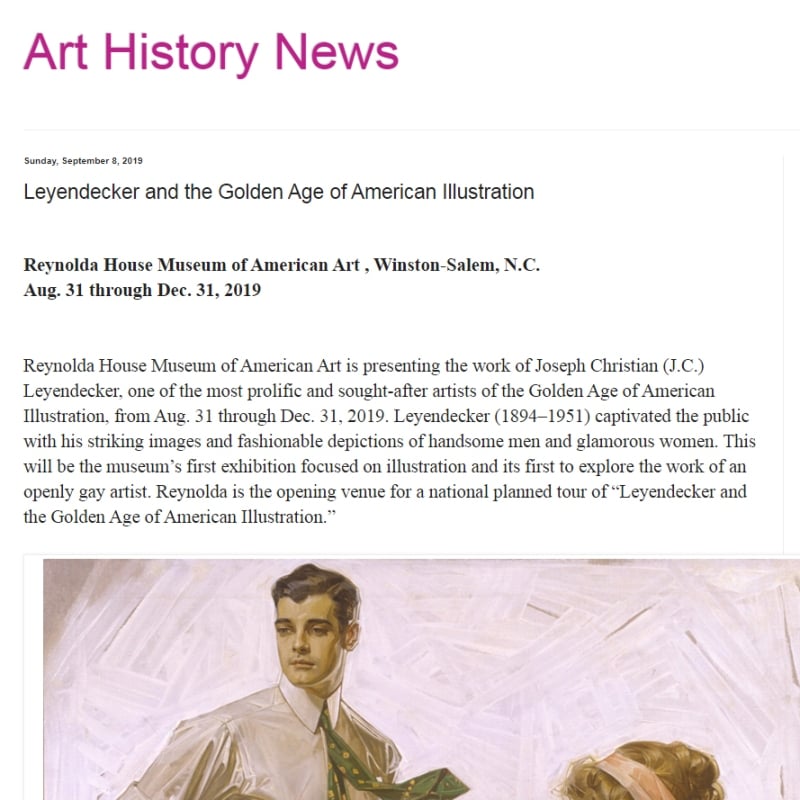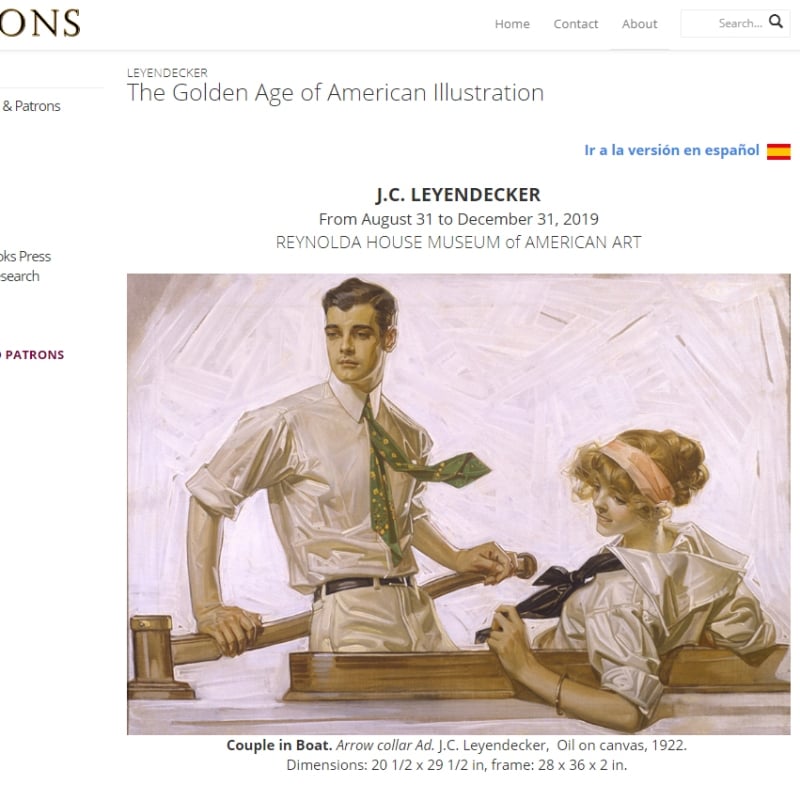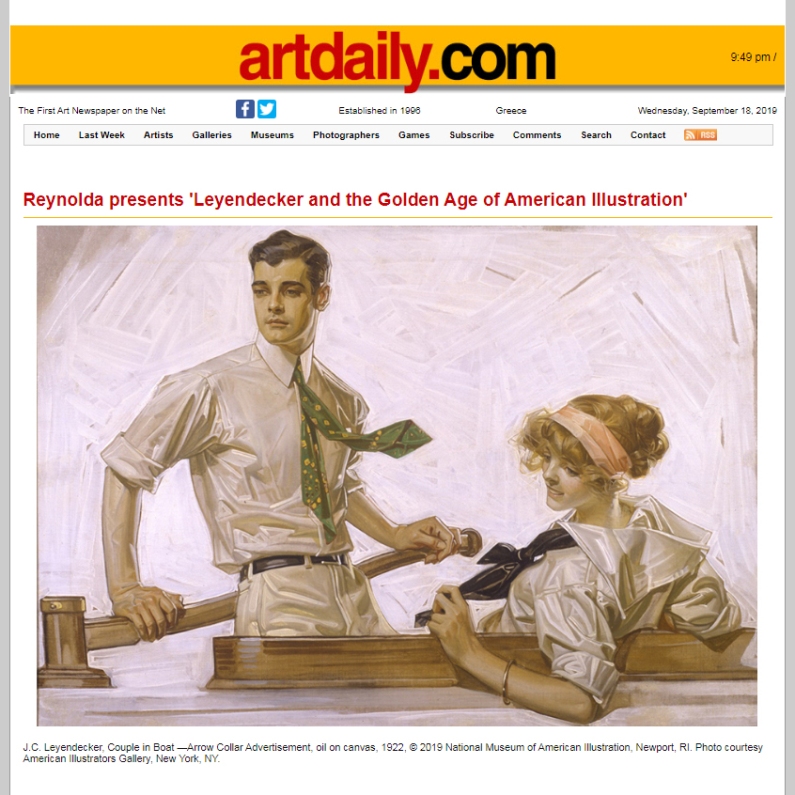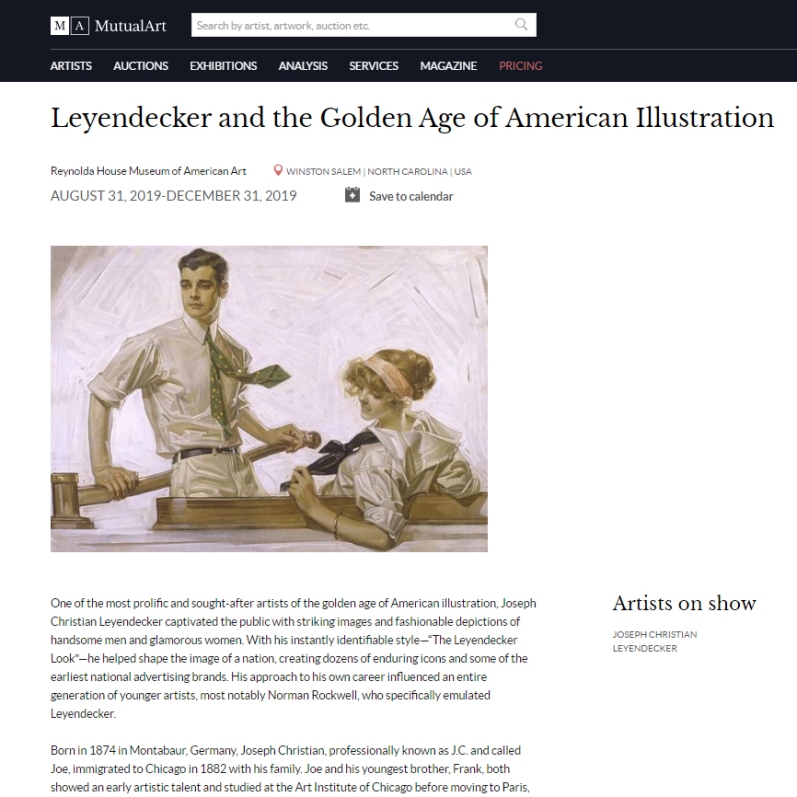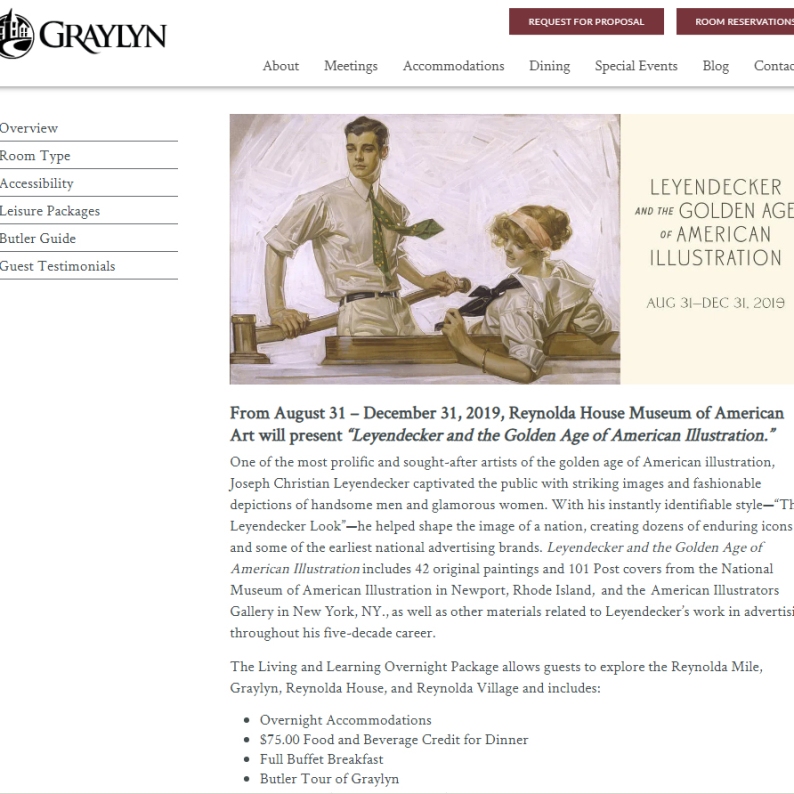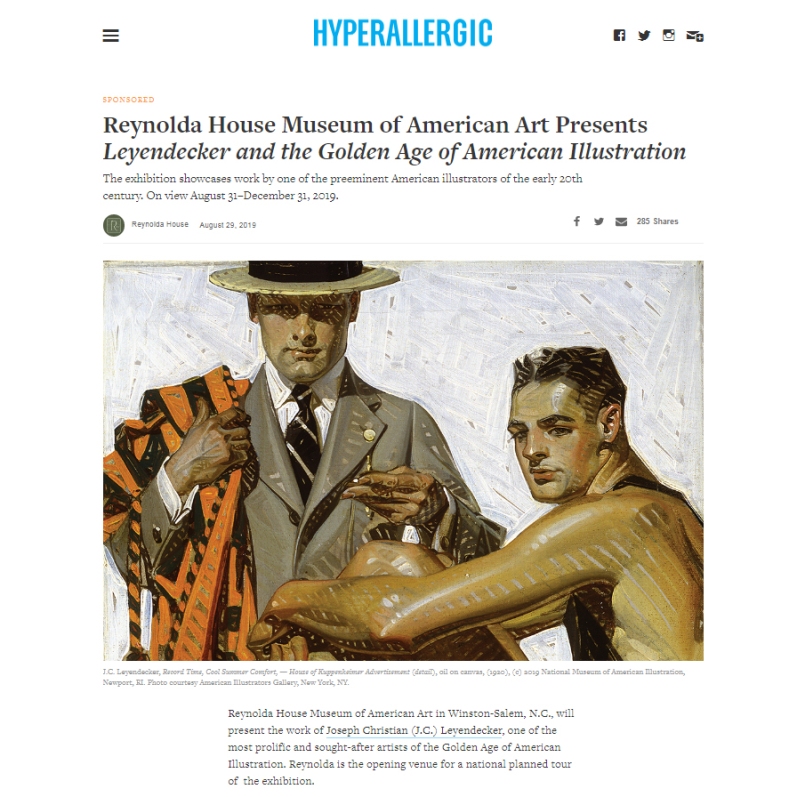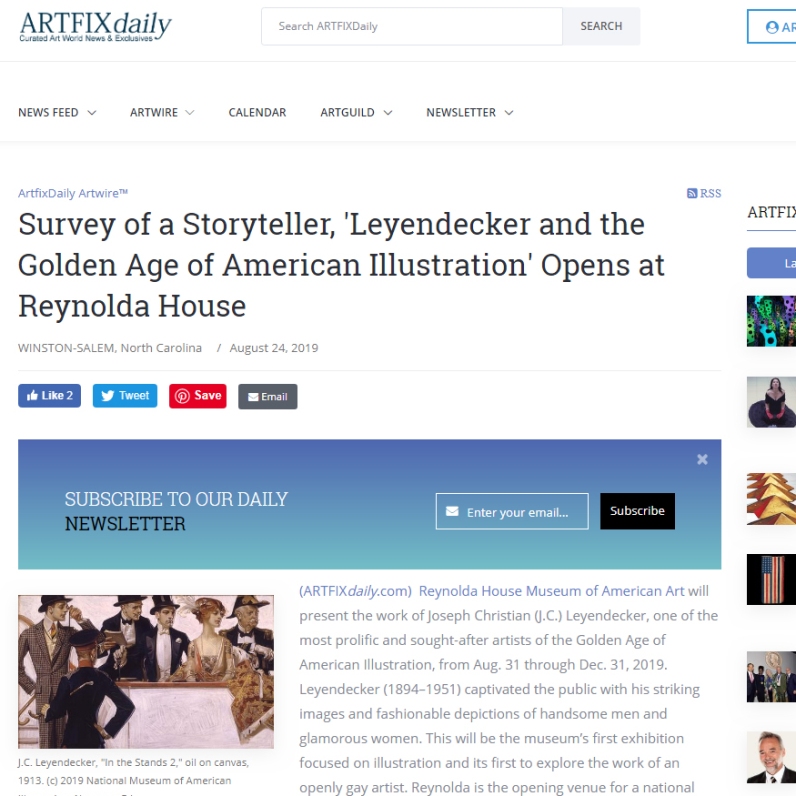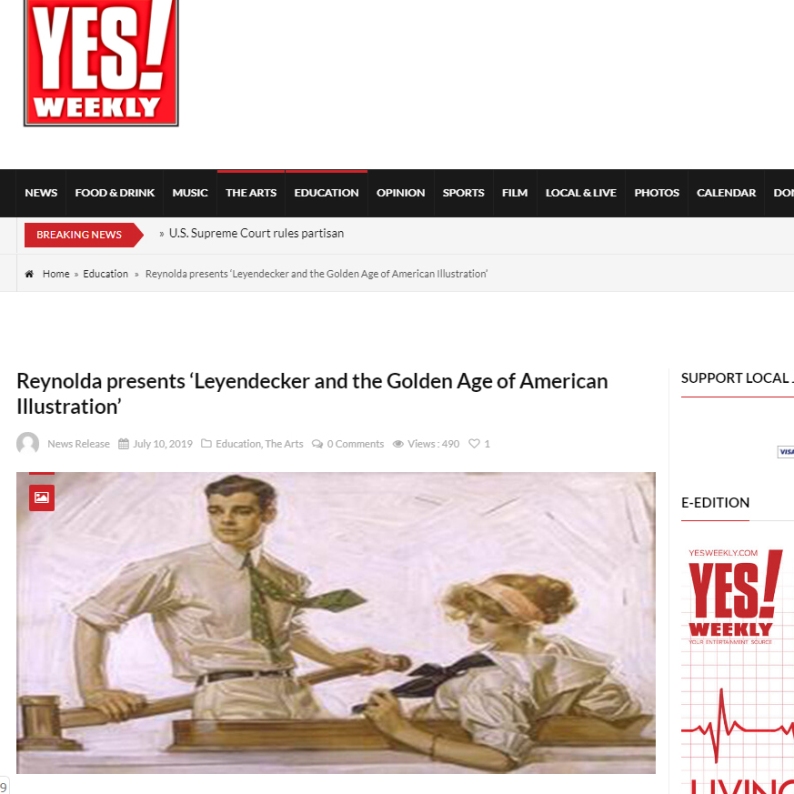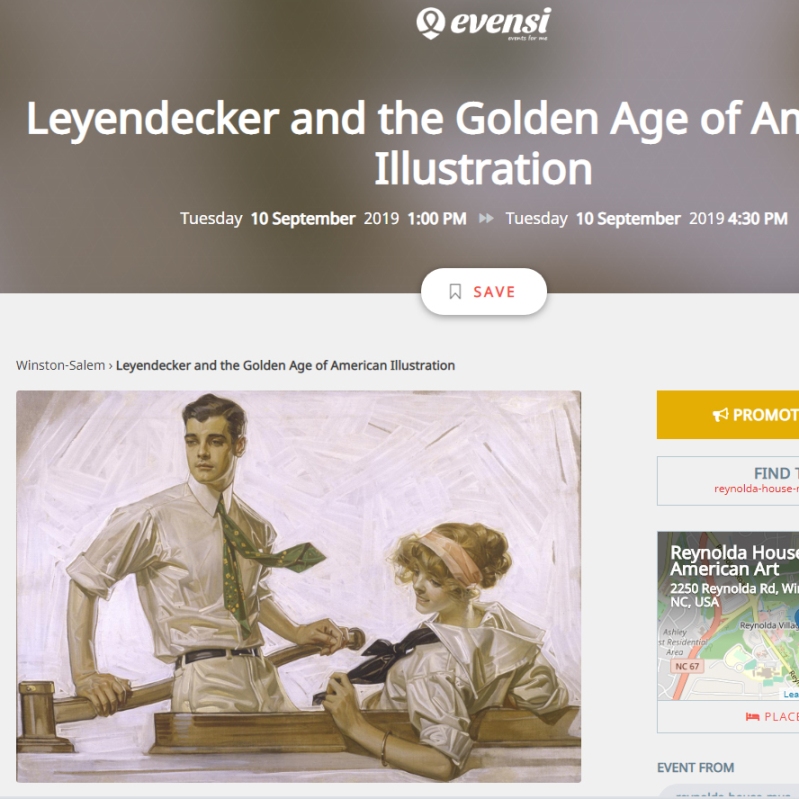One of the most prolific and sought-after artists of the golden age of American illustration, Joseph Christian Leyendecker captivated the public with striking images and fashionable depictions of handsome men and glamorous women. With his instantly identifiable style—“The Leyendecker Look”—he helped shape the image of a nation, creating dozens of enduring icons and some of the earliest national advertising brands. His approach to his own career influenced an entire generation of younger artists, most notably Norman Rockwell, who specifically emulated Leyendecker.
Born in 1874 in Montabaur, Germany, Joseph Christian, professionally known as J.C. and called Joe, immigrated to Chicago in 1882 with his family. Joe and his youngest brother, Frank, both showed an early artistic talent and studied at the Art Institute of Chicago before moving to Paris, where they developed their distinctive styles. Upon returning to the United States, the Leyendecker brothers found themselves at the center of a publishing renaissance in New York City. In 1914, they moved into a fourteen-room house in New Rochelle, New York, along with Charles Beach, a model who would become Joe’s muse and domestic partner for forty-eight years.
At the turn of the century, illustrators could, for the first time, disseminate original artworks on a national scale. As publishing technologies advanced to include images, and later colors, the methods of transportation and communication accelerated, allowing publications to be circulated to millions of Americans on a weekly basis. This change revolutionized the way Americans consumed media, from printed text to vibrant representations of the modern world in mastheads, highly illustrated novels, and store windows. It was America’s Golden Age of Illustration.
J.C. Leyendecker helped shape American visual culture over a five-decade career, both molding and reflecting the country around him through his illustrations. His images became an integral part of American life in the first half of the last century.
